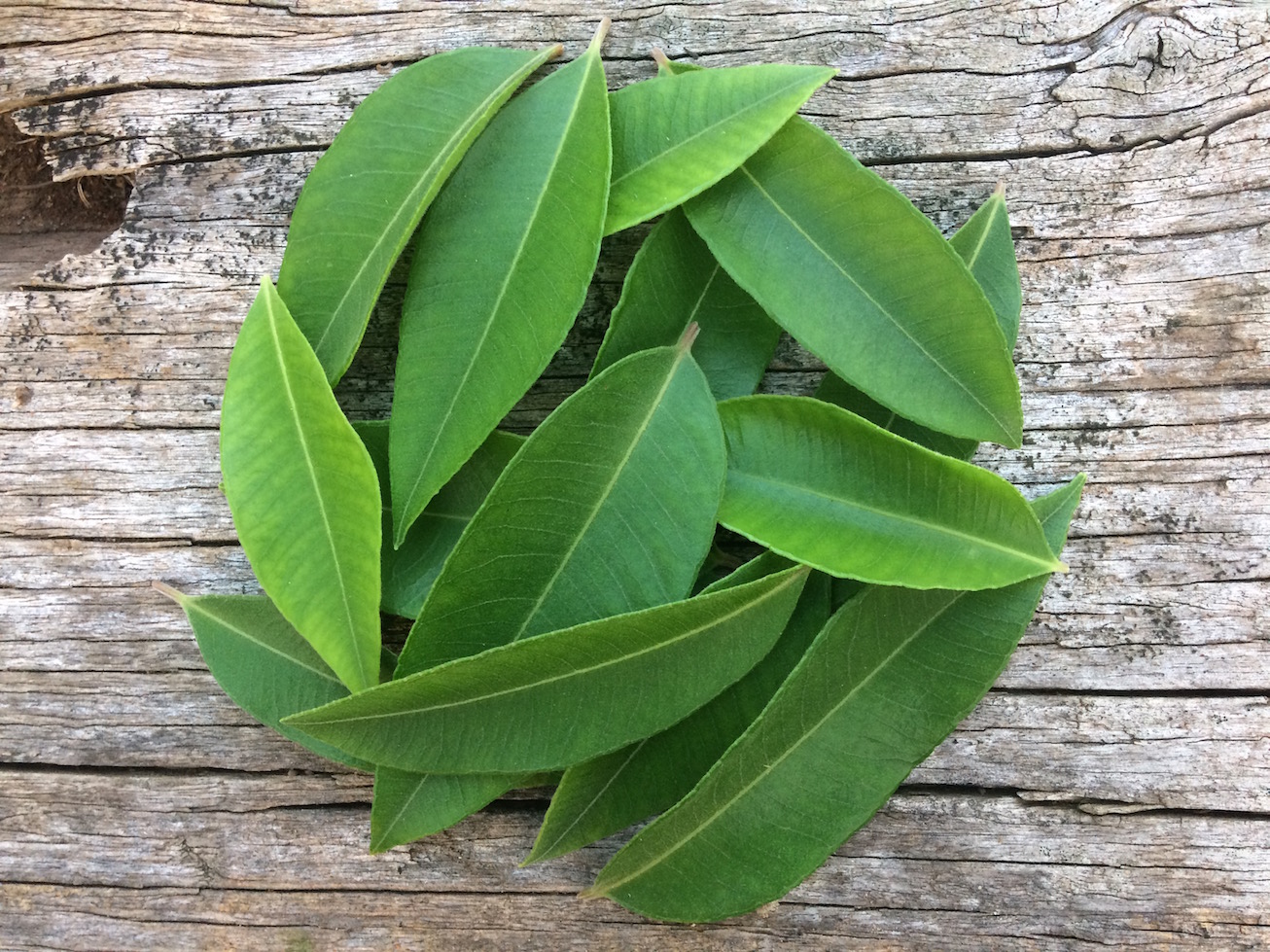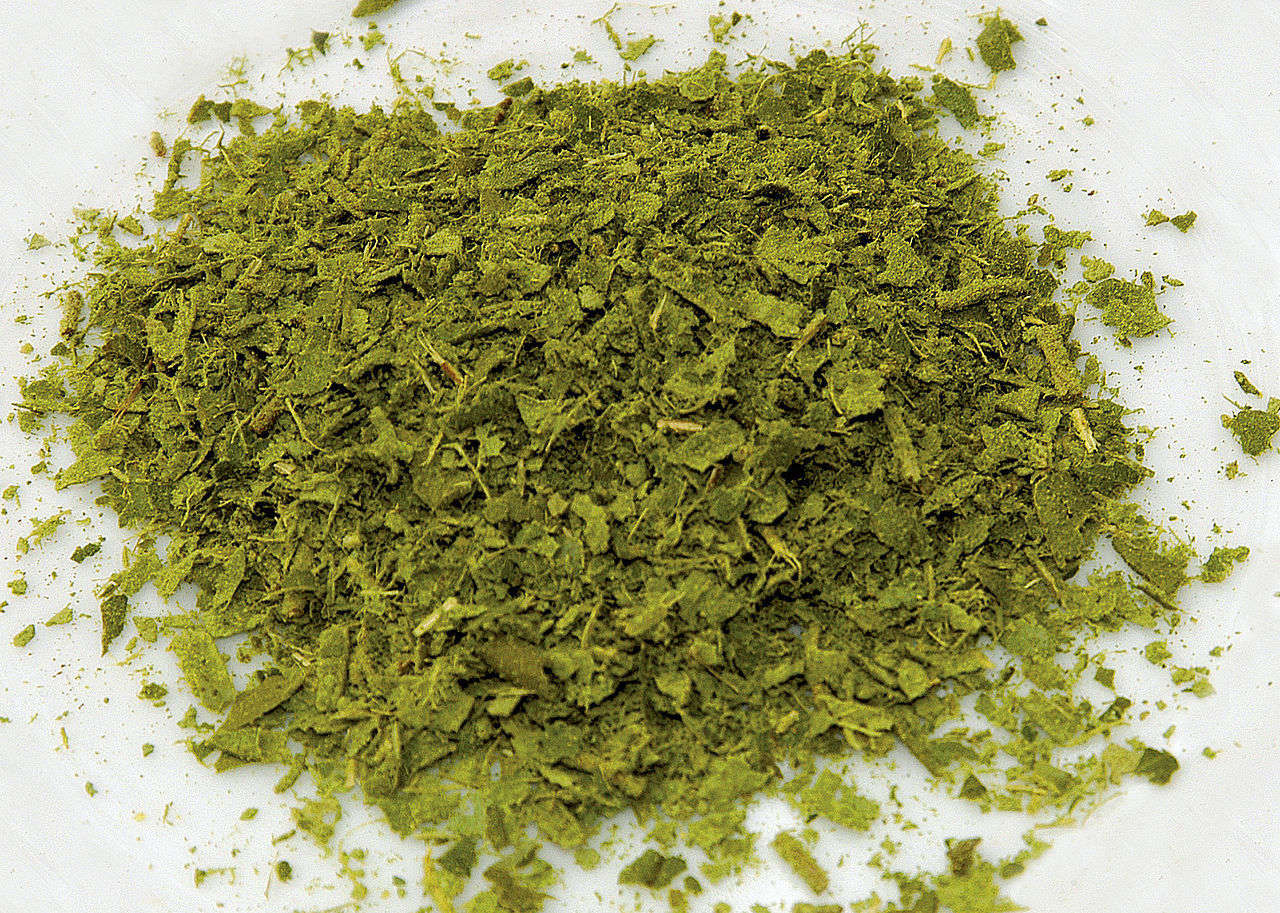How To Dry Lemon Myrtle Leaves
Are you a fan of lemon myrtle? Do you have a bunch of lemon myrtle leaves and you're not sure what to do with them? Well, look no further! In this post, we will take you through the steps on how to dry lemon myrtle leaves – so you can enjoy the delicious, tangy flavor all year round.
The Pain Points of Drying Lemon Myrtle Leaves
Drying lemon myrtle leaves can be challenging if you don't know the proper techniques. Many people end up with moldy or flavorless leaves, which can be a frustrating experience. Additionally, it's important to dry the leaves properly to retain their nutritional value and flavor.
How to Dry Lemon Myrtle Leaves
The first step in drying lemon myrtle leaves is to harvest them. Pick mature leaves that look healthy and have a bright green color. Rinse them under cold water to remove any dirt or debris and let them dry for a few minutes. Then, place the leaves in a single layer on a dehydrator tray or a baking sheet lined with parchment paper. Set your dehydrator or oven to a low temperature, around 100°F or 38°C. Dry the leaves for about 24 hours until they are completely crisp. Store the dried leaves in an airtight container, away from moisture and light, for up to a year.
Summary of Main Points
To dry lemon myrtle leaves, harvest mature leaves, rinse under cold water, and place on a dehydrator tray or baking sheet. Dry at around 100°F for 24 hours until crisp. Store in an airtight container away from moisture and light.
A Personal Experience with Drying Lemon Myrtle Leaves
As someone who loves to use lemon myrtle in cooking and baking, I decided to try drying the leaves at home. The process was straightforward and easy to follow. I used a dehydrator, and after 24 hours, the leaves were completely dry and crispy. The fragrance and tangy flavor of the dried lemon myrtle leaves were incredible. I added them to various dishes, such as roasted chicken, pasta, and even in my morning smoothie.

Tips for Drying Lemon Myrtle Leaves
If you don't have a dehydrator, you can use the oven instead. Be sure to keep the temperature low and to leave the oven door slightly open to allow air circulation. Also, avoid using a microwave or sun-drying the leaves as they may alter the flavor and nutritional content. Lastly, keep an eye on the leaves as they dry to avoid burning or over-drying them.

Why Dry Lemon Myrtle Leaves?
Drying lemon myrtle leaves not only prevents them from spoiling but also concentrates their flavor and nutritional content. You can easily use dried lemon myrtle leaves in various recipes such as marinades, rubs, tea, and desserts. They are known to have anti-inflammatory properties, boost the immune system, and may aid in digestion.
Tips for Storing Dried Lemon Myrtle Leaves
To ensure that your dried lemon myrtle leaves remain fresh and flavorful, store them in an airtight container in a cool, dry place away from moisture and sunlight. Avoid crushing or crumbling the leaves until you're ready to use them as this will help to preserve their aroma.
FAQs about Drying Lemon Myrtle Leaves
Q: How long do lemon myrtle leaves take to dry?
A: It takes about 24 hours to dry lemon myrtle leaves properly, depending on the drying method used.
Q: Can I dry lemon myrtle leaves in the sun?
A: It's not recommended to dry lemon myrtle leaves in the sun because the heat can damage their nutritional content and alter their flavor.
Q: How can I tell if the lemon myrtle leaves are dry?
A: The leaves should feel completely dry and brittle to the touch. They should crumble easily when crushed between your fingers.
Q: Can I use fresh lemon myrtle leaves instead of dried?
A: Yes, you can use fresh lemon myrtle leaves in recipes that call for dried leaves but be aware that fresh leaves have a higher moisture content, which may affect the recipe's overall flavor and texture.
Conclusion
In conclusion, drying lemon myrtle leaves is a simple process that anyone can do at home. It's essential to dry them correctly to preserve their flavor and nutritional value. Whether you use a dehydrator or an oven, be sure to keep the temperature low, dry the leaves until they are completely crisp, and store them in an airtight container away from moisture and light. The dried leaves can be used in various recipes, and it's worth keeping a jar in your pantry for easy access.
Gallery
Grow Your Own Lemon Myrtle – Small Green Things

Photo Credit by: bing.com / myrtle plants oregano
CSIRO Science Image - CSIRO Science Image

Photo Credit by: bing.com / lemon myrtle leaves fresh csiro backhousia citriodora science tree agrifutures
LEMON MYRTLE DRIED LEAF | Lemon Myrtle, Dry Leaf, Myrtle

Photo Credit by: bing.com / lemon myrtle leaf playingwithfire au spice australian foods tea dried order leaves tree ginger
Lemon Myrtle Leaves & Oil Extract | Creative Native Foods

Photo Credit by: bing.com / myrtle lemon
Dried And Crushed Lemon Myrtle (Backhousia Citriodora) Leaves | RateTea

Photo Credit by: bing.com / lemon myrtle leaves crushed dried backhousia citriodora csiro benefits roots health ratetea tooth dental emergency pain care resolution science scienceimage